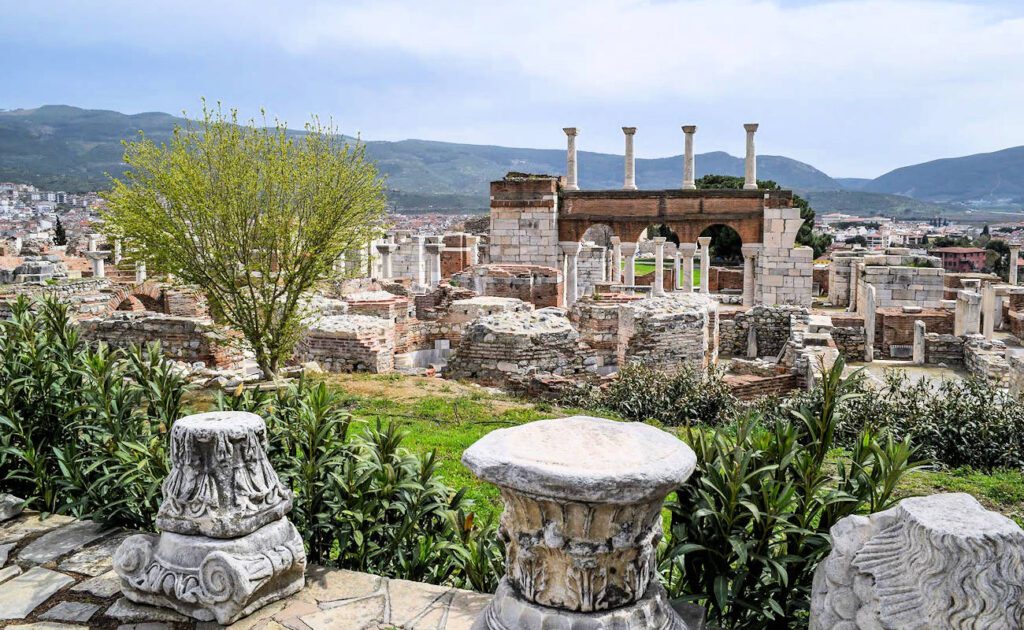
Basilica of St. John in Ephesus: A Testament to Faith and Legacy
Nestled in the ancient city of Ephesus, Turkey, the Basilica of St. John in Ephesus stands as a testament to the enduring legacy of one of Christianity’s most revered figures. This grand basilica, dedicated to St. John the Apostle, holds a unique place in the hearts of believers and history enthusiasts alike. In this article, we embark on a journey through time to explore the history, significance, and architectural marvel of the Basilica of St. John.
Basilica of St. John Historical Significance
The Basilica of St. John holds a profound historical significance, as it is believed to be the final resting place of Saint John the Apostle, one of the twelve disciples of Jesus and the author of the Gospel of John. Saint John played a pivotal role in early Christianity, and his writings continue to inspire and guide Christians worldwide. The basilica was constructed to honor his memory and legacy.
Architectural Marvel
The basilica itself is a masterpiece of Byzantine architecture. Built during the 6th century AD under the orders of the Byzantine Emperor Justinian I, it was designed in the shape of a cross, with a central nave and impressive domes. The interior featured ornate decorations, mosaics, and frescoes that conveyed the grandeur of Byzantine religious art. While the original structure has suffered damage over the centuries, its historical and architectural significance remains undiminished.
The Legend of St. John’s Burial
According to legend, Saint John was buried in a tomb beneath the basilica. The site is marked by a simple, marble tombstone that pilgrims from around the world visit to pay their respects to this revered apostle. The tomb is said to exude a sense of reverence and spirituality, drawing pilgrims and visitors seeking a connection to the early Christian era.
Spiritual Significance
For Christians, the Basilica of St. John is a place of deep spiritual significance. It serves as a reminder of the enduring faith and devotion of St. John and the early Christian community in Ephesus. Pilgrims and visitors come to this sacred site to reflect on the teachings of St. John, offer prayers, and seek a sense of spiritual solace and enlightenment.
The Surrounding Area
The basilica is situated atop Ayasuluk Hill, providing visitors with a panoramic view of the ancient city of Ephesus and the surrounding landscape. The proximity to the ancient city adds to the overall experience, as visitors can explore the historical riches of Ephesus and then ascend the hill to pay their respects at the basilica.
Preservation and Care
Efforts have been made to preserve and maintain the Basilica of St. John for future generations. Conservation measures, including ongoing restoration work, ensure that the basilica continues to stand as a symbol of faith, history, and architectural beauty.
Basilica of St. John In Conclusion
The Basilica of St. John in Ephesus is more than a structure; it is a place where faith, history, and architecture converge. It stands as a testament to the enduring legacy of Saint John the Apostle and his impact on Christianity. Whether you are a pilgrim seeking a deeper connection with your faith or a traveler in search of historical and spiritual enlightenment, the Basilica of St. John offers a profound and unforgettable journey into the heart of Christian history and devotion. It is a place where the past continues to inspire and guide the present, forging a link between the modern world and the rich tapestry of antiquity.
